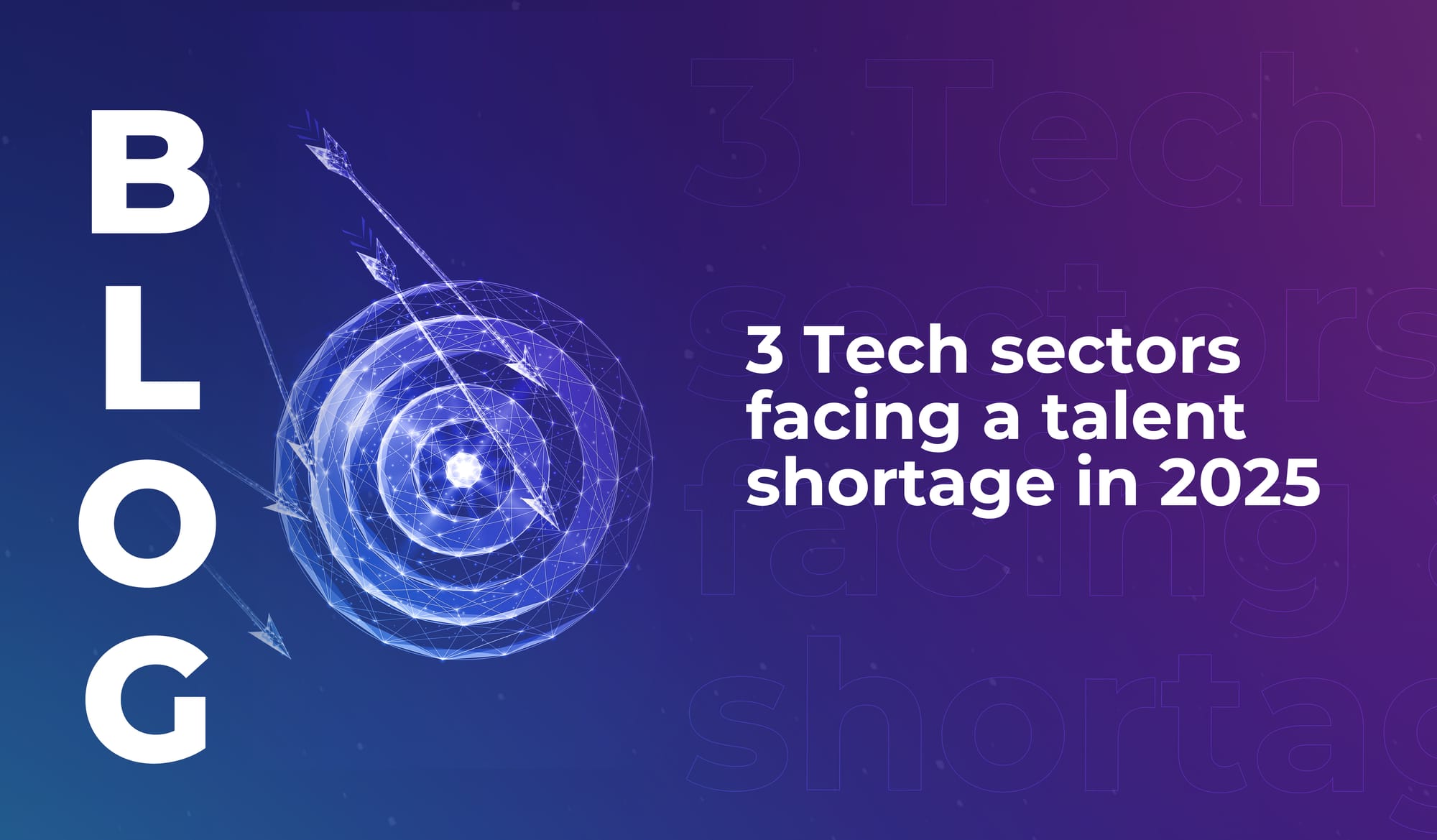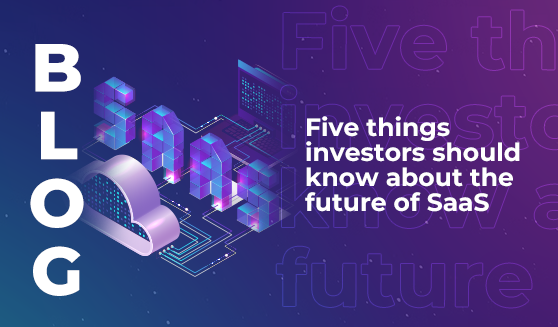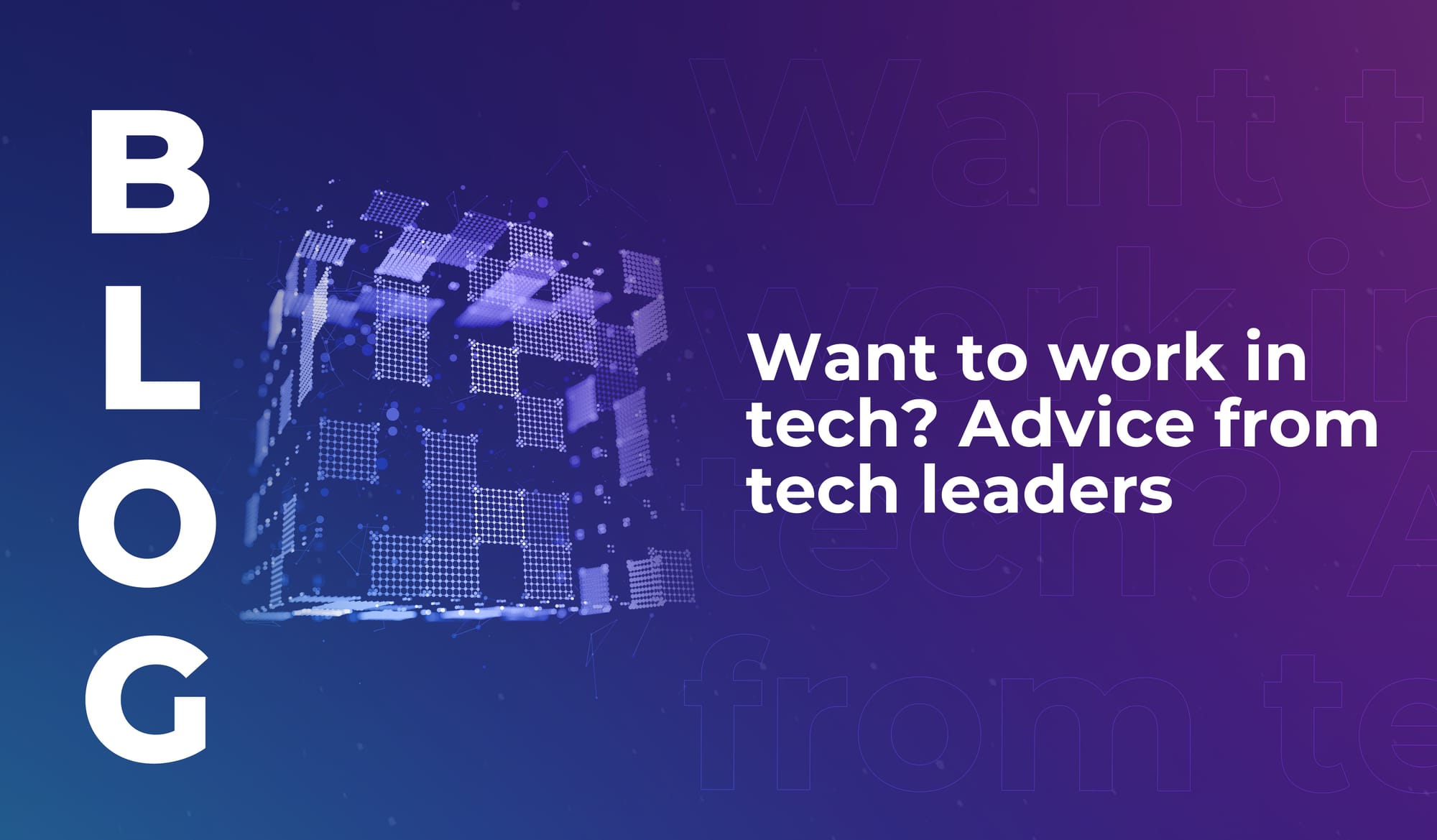
3 Tech sectors facing a talent shortage in 2025
Discover three tech sectors facing a talent shortage this year. Could you find your ideal role in a high-demand sector like cybersecurity, cloud computing, or artificial intelligence?


In 2023, the software as a service (SaaS) market was valued at approximately USD $197 billion, and it’s expected to reach $247 billion by the end of 2024. The modern world runs on software, so investors are focused on SaaS, with a strong potential for ROI.
Before you invest you need to understand the rapid pace of change in the SaaS industry – so you can invest in the technologies and companies that will dominate this market not just right now, but for years to come.
Developments in SaaS continue to accelerate, driven by the convergence of technological advancements and shifts in consumer behaviour. There is no time to stand still in this market; so we look at the key trends that will shape SaaS investments over the next couple of years.
‘Horizontal SaaS’ offers a general approach to software solutions – with tools that can be used across numerous different industries.
‘Vertical SaaS’ is different: it’s designed to serve specific sectors, and is tailored to each sector’s specialised needs.
Most industries have to deal with their own requirements and obstacles, and one-size-fits-all solutions are cumbersome and difficult to adapt. So companies are jumping on the opportunity to leverage tools that are specifically created to solve their unique problems. In healthcare, for example, Veeva provides cloud-based solutions for the pharmaceutical and life sciences industry – offering integration and data services that make it valuable for pharmaceutical enterprises.
Digitalisation means that industries are becoming increasingly data-driven, and their digital operations are more complex. So vertical SaaS solutions will become more prevalent – streamlining operations, improving the user experience, and offering set-up-and-go systems that are already adapted to particular industries.
The takeaway? If you have the choice to invest in horizontal SaaS or vertical SaaS, go vertical.
Just as we enter the era of vertical SaaS, mico-SaaS solutions are also gaining traction – for similar reasons. Entrepreneurs and small teams are recognising the power of micro-SaaS to solve their own problems and to generate recurring revenue streams at a low cost.
Micro-SaaS products tend to be simple, focused, and have a clear USP. They offer much needed software solutions for markets that tend to be under-served by larger and more generalised SaaS companies.
The ROI for investors might be smaller – but it’s expected that Micro-SaaS will take up a growing slice of the SaaS pie going forward.
SaaS applications are already integrating AI to improve functionality, UX, and enable the generation of valuable insights using AI-powered data analysis.
A 2023 survey by Gartner found that 80% of SaaS companies are investing in AI – and by 2026, more than 80% of enterprises will have used generative AI APIs or GenAI-enabled applications.
The potential use cases of AI in SaaS are expanding all the time, as enterprises explore the possibilities available to them via existing and emerging technologies. AI-powered SaaS will be a key market for investors to focus on if they want to back companies that are leveraging AI for a competitive edge.
Low-code and no-code platforms enable users without programming skills to develop and customise applications, and automate business processes to optimise their operations.
There’s growing demand for low-code SaaS because it empowers users across all industries to take control of their digital experience. They can improve their efficiency and reduce the time it takes to reach the market by leveraging SaaS platforms – and when market demands shift, they can adapt quickly at a lower cost, without having to hire software developers.
In the infancy of the SaaS sector, sustainability wasn’t a key concern. But that’s changing fast – and today’s SaaS brands exist in a world that’s increasingly focused on sustainability.
This has been more of a focus in B2C markets, but B2B customers are now seeking SaaS providers that can prove their sustainability credentials – because customers want to know that sustainable practices are adhered to at every level of a company’s supply chain.
Today, SaaS companies are working on strategies to minimise their carbon footprint and place sustainable practices at the heart of their operations. Sustainability is becoming a critical differentiator in the heavily saturated SaaS market, and it’s definitely a factor for investors to consider.
SaaS isn’t going away – and the global market is set to grow. It’s a strong sector for investor attention right now, and the companies that embrace sustainability and tailored, niche solutions will have significant revenue potential going forward. Software will reshape industries, and investors will play an important role in making that happen.
Register now to attend LEAP 2025 and put yourself at the forefront of SaaS development – with access to the latest research and developments, and the opportunity to network with leading SaaS enterprises and entrepreneurs.

Discover three tech sectors facing a talent shortage this year. Could you find your ideal role in a high-demand sector like cybersecurity, cloud computing, or artificial intelligence?

We’ve gathered advice from tech leaders to help you find your career in tech – so you can get in, stay in, and thrive.

Tan Wooi Leong (Managing Director, Energy and Industrial at Surbana Jurong) says collaboration is critical to drive progress in clean energy transformation. Discover the latest clean energy tech developments this year.

Discover three tech sectors facing a talent shortage this year. Could you find your ideal role in a high-demand sector like cybersecurity, cloud computing, or artificial intelligence?

We’ve gathered advice from tech leaders to help you find your career in tech – so you can get in, stay in, and thrive.

Tan Wooi Leong (Managing Director, Energy and Industrial at Surbana Jurong) says collaboration is critical to drive progress in clean energy transformation. Discover the latest clean energy tech developments this year.